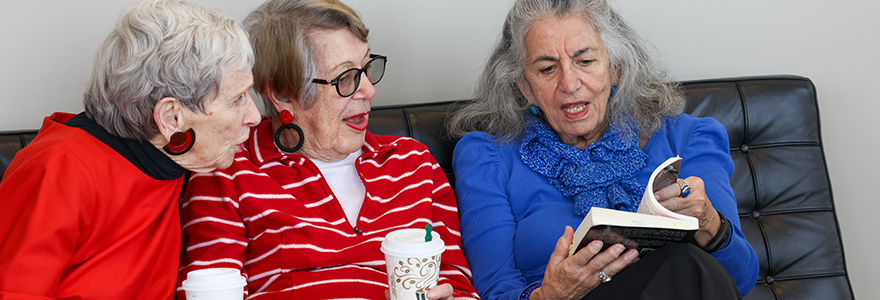SuperAging Canada Research
Contact Us
519-661-2111 x82089
1-888-688-8368 (toll-free)
superagingcanada@uwo.ca
1201 Western Road
Elborn College
London, ON N6G 1H1
SuperAging at Home (Project 1)

Study to Uncover Pathways to Exceptional Cognitive Resilience in Aging: SuperAging Research Initiative-Biosensor Signatures of Physiological and Social Complexity
Researchers involved with this sub-project are examining how SuperAging is effected by the following:
- Physical activity
- Life-space mobility
- Sleep
- Social engagement
Hypothesis 1
Physical activity and life-space mobility are linked to SuperAger status and distinguish them from typically aging controls.Hypothesis 2
Sleep quality is linked to SuperAger status and distinguishes them from typically aging controls.SuperAgers will have lower (or better) sleep complexity scores and lower variability in sleep patterns compared to typical agers.
Hypothesis 3
Social engagement (scope and volume) is linked to SuperAger status and distinguishes them from typically aging controls.SuperAgers demonstrate higher overall social engagement and higher complexity suggesting they are more consistently engaged in verbal activities compared to typical agers
Data & Collection Methods
To address the study objectives and test the aforementioned hypotheses, physiological and behavioural markers are analyzed. This data is collected continuously, over extended periods of time, using wearable mechano-acoustic biosensors within the home environment. These data complement self-report logs of behaviour. Additional data collected as part of the main SuperAging Research Initiative (and covered under the main study protocol) will be integrated with the biosensor data collected as part of the SuperAging at Home Project to address the study objectives.
Study participants are asked asked to wear the sensors (one on the wrist, one on the ankle, and a chest-mounted heart-rate monitor) in their natural environment for three blocks of three days, with a 24-hour break between blocks.
The SuperAging at Home Study is conducted virtually. During the biosensor-wearing protocol, video and/or telephone check-in visits with research personnel help participants feel supported. Additionally, flexible appointment scheduling and a wide range of support options encourage participant involvement. For example, home visits are offered if needed, to support technology use or to deliver biosensors when delivery by mail or courier service is not possible.

